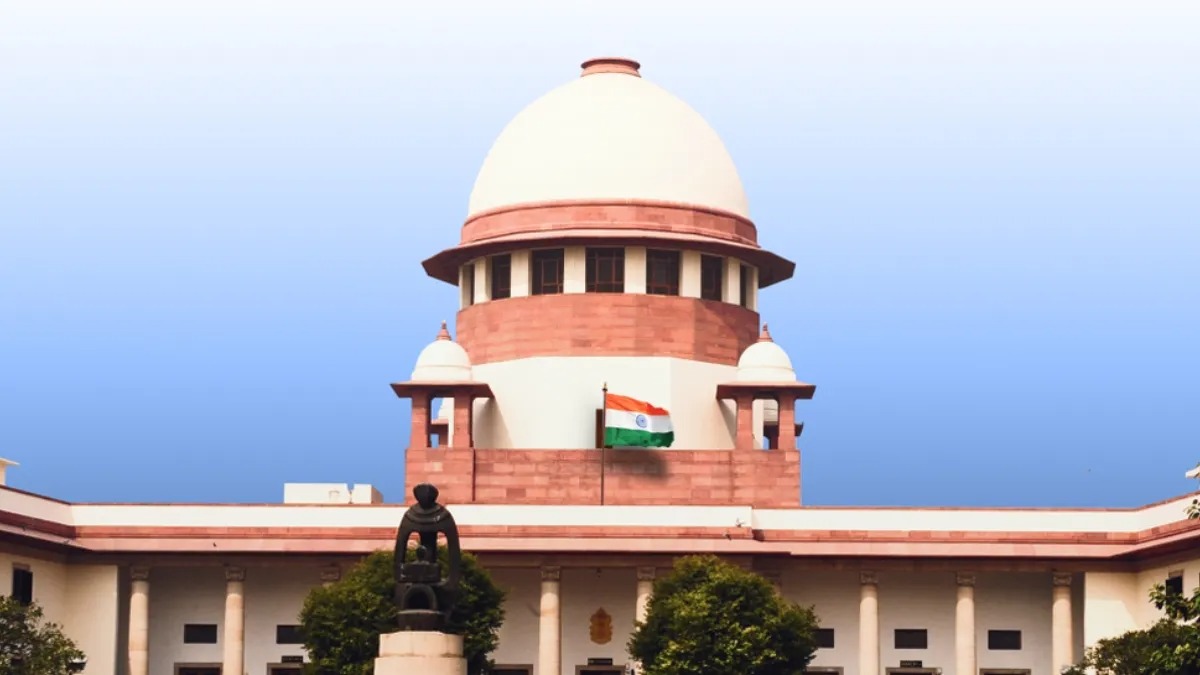
The central government has allocated Rs 1500 crore for e-court in the budget presented for the year 2025. The reason for giving a large amount in the Union Budget for the ambitious third phase of the e-court project is to speed up the judicial process. The e-court project has been started with the aim of establishing digital, online and paperless lower courts in the country.
Funds for the e-Courts project have been allocated under the National Mission for Justice Delivery and Legal Reforms. As part of the National e-Governance Plan, the e-Courts project for ICT enablement of the Indian Judiciary has been in implementation since 2007. The second phase of the project ends in 2023.
What is the aim of the e-court project
The third phase of the e-Courts project was launched in 2023. It aims to usher in a system of maximum ease of access to justice by moving towards digital, online and paperless courts through digitization of the entire court records, including legacy records. It will establish smart systems, making it easier for judges and the registry to make data-based decisions while scheduling or prioritizing cases. The main objective of the third phase is to create an integrated technology platform for the judiciary that will provide a seamless and paperless interface between courts, litigants and other stakeholders.
cost will be reduced
Citizens who do not have access to technology can access judicial services from e-Seva centres, thereby bridging the digital divide, the government said. Digitisation of court records enables processes to be more eco-friendly by reducing paper-based filing and minimising physical movement of documents. Moreover, virtual participation in court proceedings can reduce costs associated with these proceedings, such as travel expenses for witnesses, judges and other stakeholders, while court fees, fines and penalties can be paid from anywhere, anytime.
Read More: Winds of up to 100 kmph, heavy rain... IMD issues alert in three states regarding Cyclone 'Ditvaah'
--Advertisement--

 Share
Share



